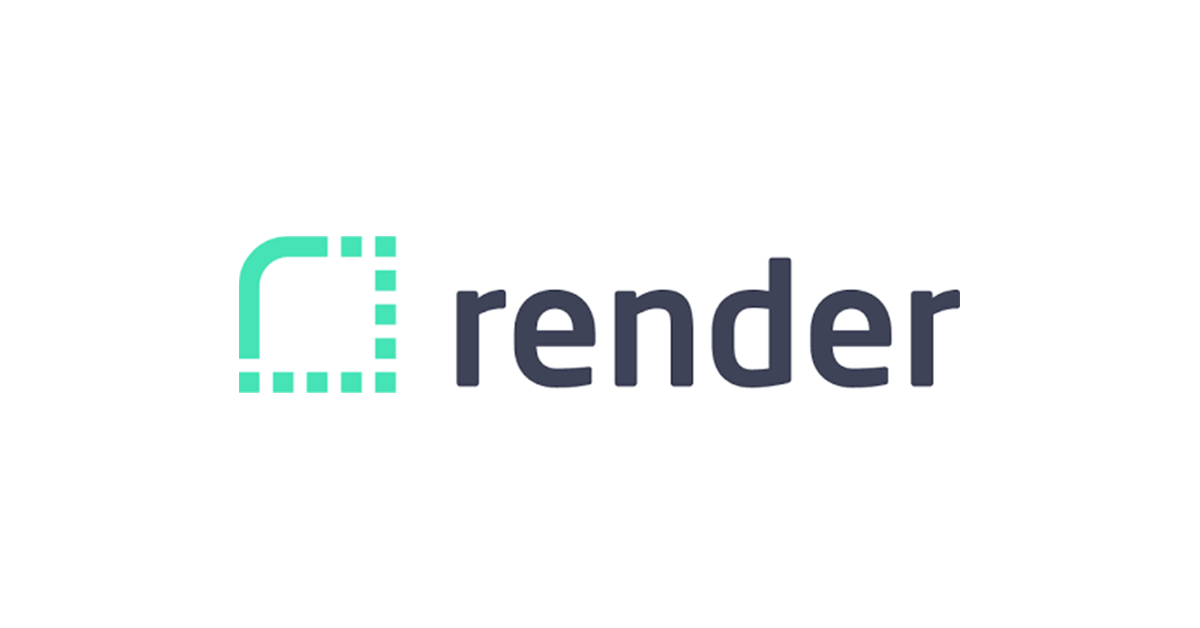This is the first post for my Oregon State CS467: Capstone course. This course will be one of my two final courses before graduating this term, Winter 2023. I’m new to blogging, so bear with me as I get use to expressing myself via writing.
I’ll use this post as an opportunity to introduce myself. My name is Jason, and I enrolled in the OSU CS Post-Bacc program starting in January 2021. When I enrolled, I had been working for five years as an Environmental Scientist regulating drinking water utilities. My first degree was in Biology.
While working in this capacity I often found myself needing to automate tasks, like extracting data from spreadsheets, or working with GIS files for mapping. I also was introduced to SQL queries and database design. I decided to take on some additional projects that required programming, and I really enjoyed the work.
Before enrolling at OSU I took a few CS courses at a local community college. I was able to transfer these credits, so I dove right into the heart of OSU’s CS program. I was able to take two classes a term while working. This definitely was not easy, but it is possible!
This last summer, I had the opportunity to intern with Amazon. This was the first major step in my career change to become a Software Engineer. It was very nerve wracking to accept this opportunity because it required me to quit my full-time job of five years. My internship was challenging, but I learned a lot and it was successful.
Although I’m graduating this term, I’m still not sure what type of work I’d like to do within Software Engineering. I think it would be cool to find an opportunity that merges my previous Environmental Science experience with development work. My internship was mostly backend work, and I enjoyed it. I’m hoping that this class project will expose me to some new technologies and continue to help me grow as a developer and teammate.
I’m excited to kick off my final term, and I’m looking forward to reading all of my fellow classmates blog posts. To all those who read mine, good luck this term!

